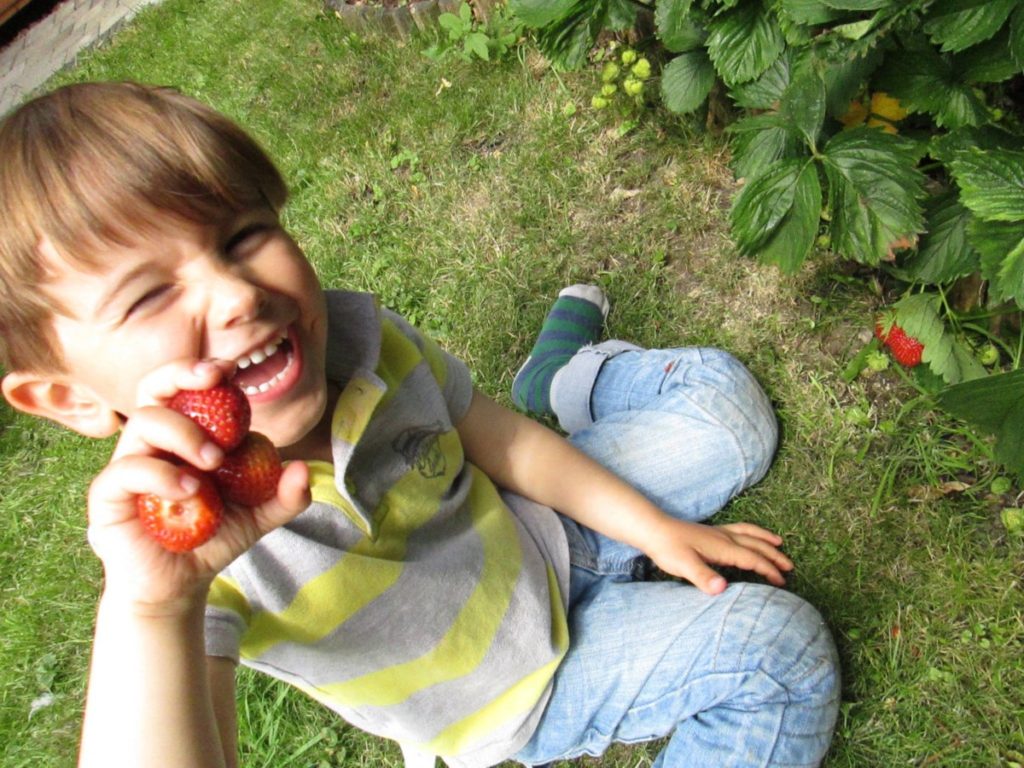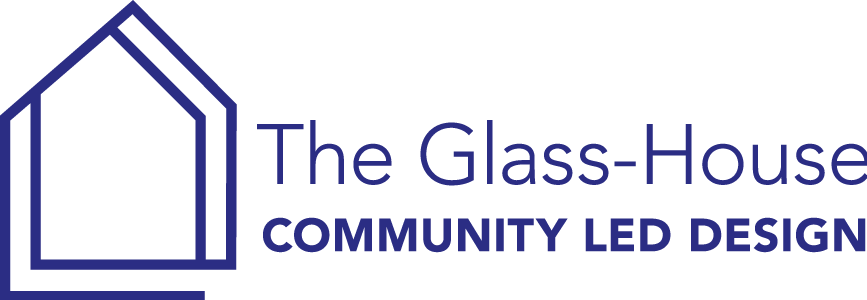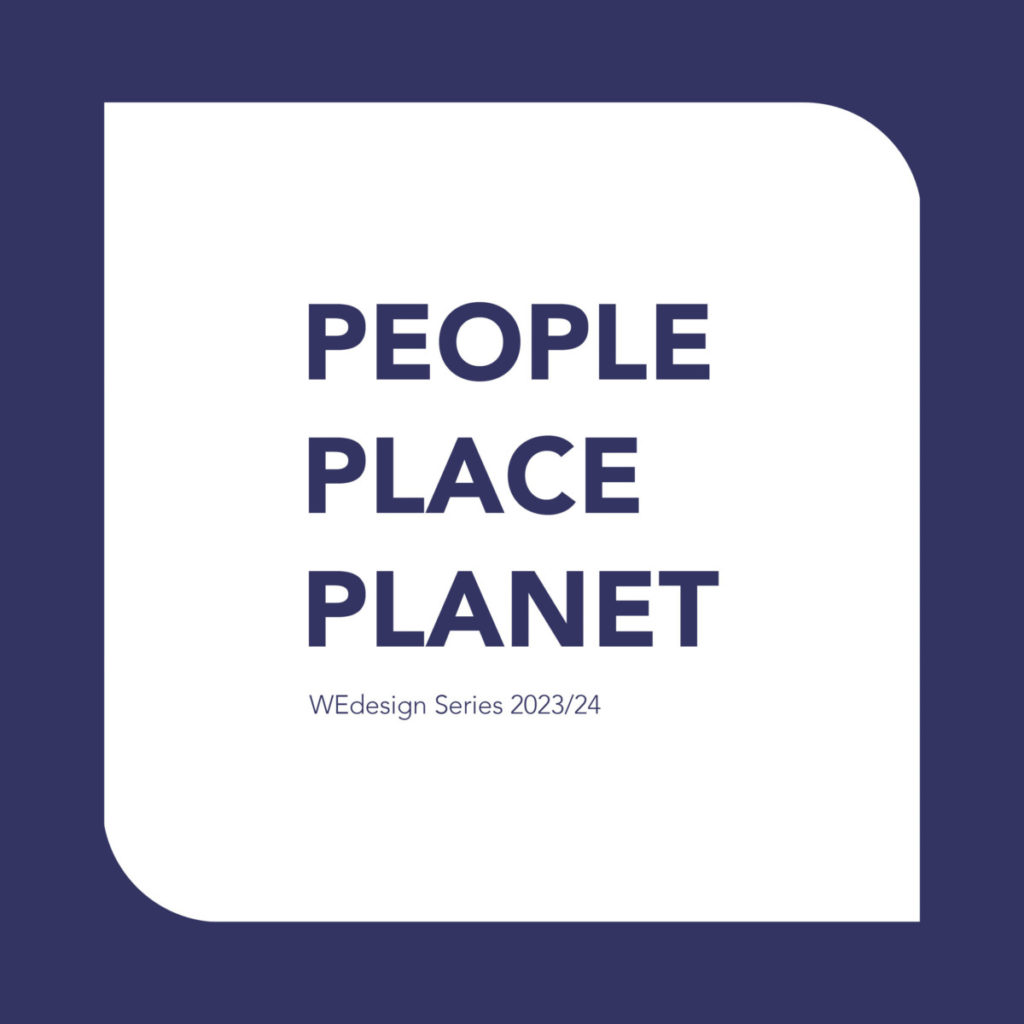Written by:
People, Place, Planet: Think Pieces, are a series of online blogs which will take our event series theme as a starting point and will offer an external voice and provocation.
In this edition of our People, Place, Planet: Think Pieces Laura Alvarez explores the meaning of ‘place’ and ‘home’ within the built environment today.
Not Just Houses!
Society is sailing through a storm of fast transformation, facing the biggest combination of challenges we have had in centuries: climate emergency, economic uncertainty, global pandemics, ageing population, loneliness, mental and physical health crisis, food and energy pressures and mass migration. In this context, I struggle to understand why, over my twenty years plus in practice and research, I still find the UK industry delivering poor neighbourhood design: housing in numbers with insufficient or poor-quality provision of social and natural infrastructure; new estates that are often disconnected and are therefore car-reliant; neighbourhood environments that displace pedestrians in favour of vehicles and make it impossible for children and vulnerable people to move around; obsolete housing models that are land-hungry and raise the cost of housing unnecessarily; and a housing industry that claims to respond to consumer preferences, but which only does so at face value. The built environment profession has forgotten the real purpose of building neighbourhoods. The obsession of our industry to adhere to a paradigm that is no longer adequate is causing our economy, our environment and our society a great deal of avoidable damage.

Decision makers prioritise numbers, outweighing the short-term economic gains of housing delivery at the expense of health, wellbeing and community resilience. In the meantime, local authorities across the UK are currently trying to reverse some of the damage done in the 1960s and 1970s by demolishing underperforming developments at great cost to society, the economy and the environment. If we continue to build the way we are, we will find ourselves in a similar scenario 50 years down the line, having to redesign our housing infrastructure once again.
We must stop building for an uncertain future by reapplying a design paradigm that is failing to deliver for the present. By continuing to do so, we are setting ourselves to fail.
The significant disconnection between the thinking and the doing is an issue of concern. A vast mount of critical knowledge is being lost along the way between the academics working at their desks and the labourers building the walls. Furthermore, higher education does not seem to prepare professionals for life in practice, but, rather, appears to tailor curricula to appeal to the international education market. Fresh graduates are therefore under-qualified and under-skilled to meet the complex demands of the current climate.
“Place” can mean very different things to each person involved in the process of placemaking, though we all have the same needs: shelter, safety, security, stability, individual growth and self-actualisation. As build environment professionals, we tend to work in our own individual silos without full consideration of the whole. If we were to view our small roles and contributions as a fragment of a coherent whole, one based on critical human needs, we would probably feel more confident to challenge each other and to change our own views for the common goal. But that’s easier said than done. Place delivery fragmentation was greatly exacerbated by the Industrial Revolution and modern forms of construction. This “individual silo” approach is a form of thinking we have adhered to for the past couple of centuries. On the other hand, we still use and admire places created thousands of years ago! So, if we can live with places that predate our current paradigm, and we can happily occupy them, why are we so scared of moving away from such a recent, short-lived mould?
I challenge home builders to understand the reasons behind consumer preferences at a deeper level, rather than taking them at face value. Perhaps we could deliver much more affordable, convivial housing models that create resilient communities instead of just houses.
There is a greater need now than ever to transfer knowledge and academic research into practice. The morphological aspects of place can shape our personal and social development, and how we integrate and perform as members of our society. A phenomenological interpretation of the meaning of home, street and neighbourhood in everyday life is long overdue. The anthropological, geospatial needs of people to relate to their places in domestic and communal environments should be the first point of call for designing placemaking in new settlements. This approach might just lead us to some of the simple and cost-effective design solutions we desperately need to seek to target the multiple issues we face.

If we begin to approach placemaking through the lenses of daily life routines, narrative accounts and personal experiences, neighbourhoods would be designed as platforms for life, instead of typological spreadsheets or colour-coded plans. Places are for people, not for consumers. I dream of a day when housing developers describe schemes by narrating the life of residents, how they connect to their environment, how they grow a community and how public places could help them achieve comfortable, healthy, fulfilled lives.
About the Author
Dr Laura B Alvarez

Laura is the East Midlands Convenor for the Urban Design Group and was amongst the first recognised urban design practitioners in the UK. She developed the Design Quality Framework for Nottingham City and its Co-PLACE engagement platform.
At the University of Nottingham, Laura researched applicable theory on socially sustainable urban design. She worked in higher education and she is now a guest lecturer at Universities of Nottingham, Nottingham Trent and Manchester.
Her 30 years of work in architectural and urban practice include consultancy for the award-winning Trent Basin scheme in Nottingham. She also assisted authorities reviewing the design of residential developments and provided urban design and master planning training to house builders, recently supporting Redrow Homes in the development of their Placemaking Guide.
Laura is also a qualified Community Organiser and has worked closely with local groups and residents designing innovative ways of bottom-up engagement and co-design. She has contributed to communities with the development of their Neighbourhood Plans. She co-runs alkiki, a CIC dedicated to help communities and authorities in need of built environment resources and skills and she had an active role in launching and co-running the Urban Room where she acts as Lead Curator.
Laura is a local host for the Place Alliance and she sits at the Design: Midlands and South West Review Panels. She is a published critic, radio and TV commentator. Her work includes contributions towards the Design Companion for Planning and Placemaking, BBC broadcasting and the Telegraph news.
About the WEdesign 2023/24 Series: People, Place, Planet
People, Place, Planet is our theme for The Glass-House 2023/24 WEdesign series.
As we continue to shape our places, we are faced with the huge challenge of balancing our personal needs, the collective needs of our communities and those of our increasingly fragile planet.
This series will aim to identify and explore the opportunities and synergies that exist when we strive to balance people, place and planet in placemaking.
How can we think differently about how we shape our places? How can we collaborate more through design and placemaking to value and respect people, place and planet equally?
To find out more about the full 2023/24 series, visit our People, Place, Planet page on The Glass-House website.
WEdesign is The Glass-House’s annual series of free interactive public events, held online and in-person in cities across the UK, where we explore collaborative design in placemaking through discussion, debate and playful co-design activities.
To find out more about the WEdesign Programme, visit the WEdesign page on The Glass-House website.
WEdesign is supported by the Ove Arup Foundation.


